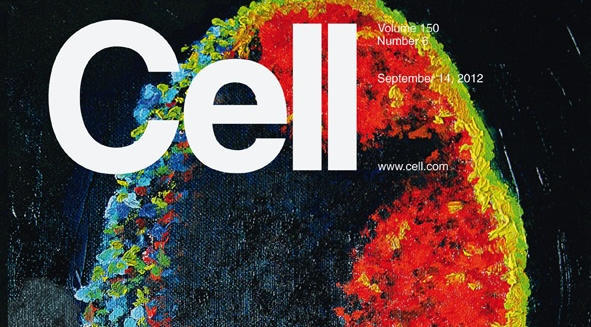Citation:
Date Published:
2012 Sep 14Abstract:
A defining feature of vertebrate immunity is the acquisition of immunological memory, which confers enhanced protection against pathogens by mechanisms that are incompletely understood. Here, we compared responses by virus-specific naive T cells (T(N)) and central memory T cells (T(CM)) to viral antigen challenge in lymph nodes (LNs). In steady-state LNs, both T cell subsets localized in the deep T cell area and interacted similarly with antigen-presenting dendritic cells. However, upon entry of lymph-borne virus, only T(CM) relocalized rapidly and efficiently toward the outermost LN regions in the medullary, interfollicular, and subcapsular areas where viral infection was initially confined. This rapid peripheralization was coordinated by a cascade of cytokines and chemokines, particularly ligands for T(CM)-expressed CXCR3. Consequently, in vivo recall responses to viral infection by CXCR3-deficient T(CM) were markedly compromised, indicating that early antigen detection afforded by intranodal chemokine guidance of T(CM) is essential for efficient antiviral memory.

Cover by Megan Perdue (oil on canvas)
